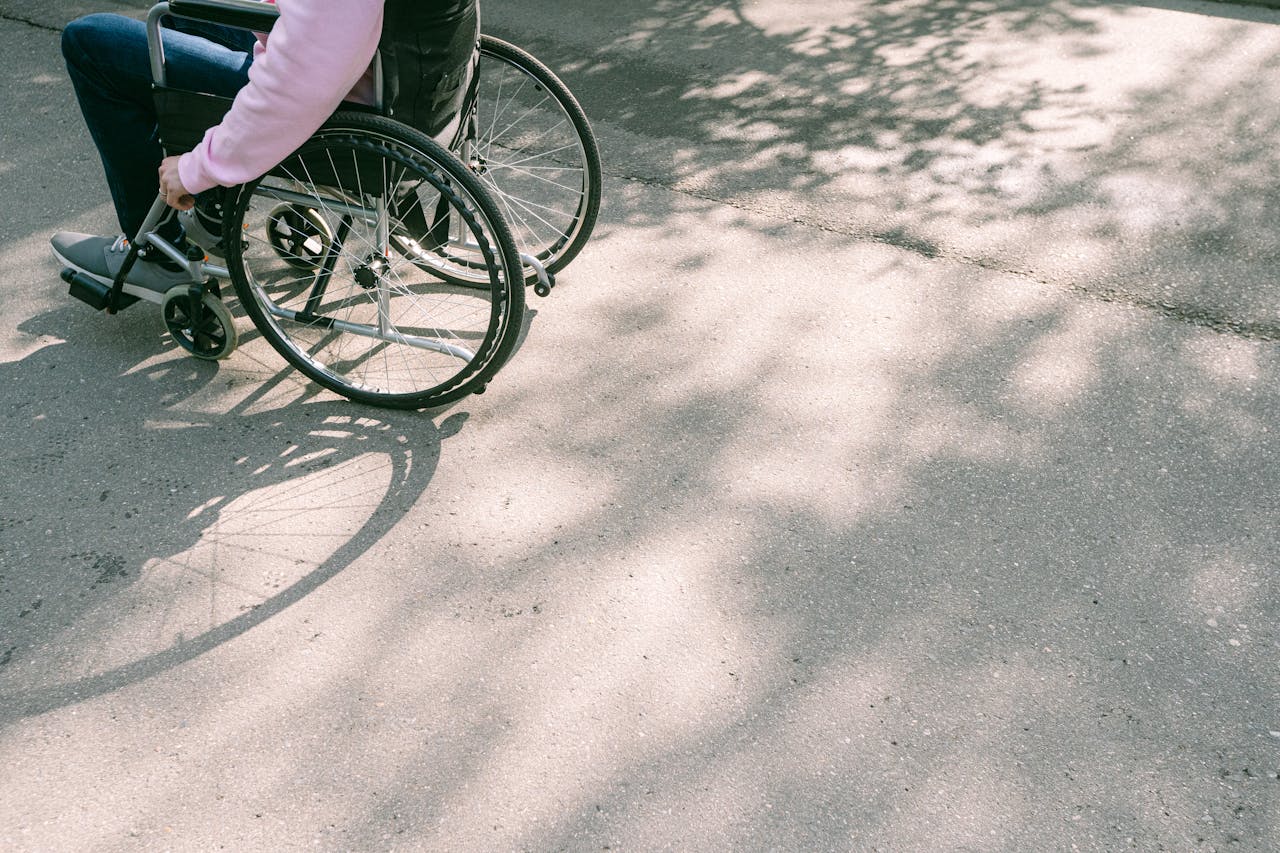The 2010 ADA Standards for Accessible Design lay out clear guidelines to ensure ADA compliance for sidewalks and curb ramps meet accessibility standards. Below, we’ve organized visual guides that illustrate each requirement from Chapter 4, Section 406, providing a set of easy-to-read diagrams and the necessary specifications for designing ADA-compliant curb ramps.
The diagrams below are free to download for non-commercial use.
ADA Sidewalk Requirements – 406.1 General:

Curb ramps on accessible routes shall comply with 406, 405.2 through 405.5, and 405.10.
405.2 Slope. Ramp runs shall have a running slope not steeper than 1:12.
405.3 Cross Slope. Cross slope of ramp runs shall not be steeper than 1:48.
405.4 Floor or Ground Surfaces. Floor or ground surfaces of ramp runs shall comply with 302. Changes in level other than the running slope and cross slope are not permitted on ramp runs.
405.5 Clear Width. The clear width of a ramp run and, where handrails are provided, the clear width between handrails shall be 36 inches (915 mm) minimum.
405.10 Wet Conditions. Landings subject to wet conditions shall be designed to prevent the accumulation of water.
EXCEPTION:

In existing sites, buildings, and facilities, ramps shall be permitted to have running slopes steeper than 1:12 complying with Table 405.2 where such slopes are necessary due to space limitations.
| Slope (A slope steeper > than 1:8 is prohibited.) | Maximum Rise |
| Steeper than 1:10 but not steeper than 1:8 | 3 inches (75 mm) |
| Steeper than 1:12 but not steeper than 1:10 | 6 inches (150 mm) |
ADA Sidewalk Requirements – 406.2 Counter Slope

Counter slopes of adjoining gutters and road surfaces immediately adjacent to the curb ramp shall not be steeper than 1:20. The adjacent surfaces at transitions at curb ramps to walks, gutters, and streets shall be at the same level.
ADA Compliance for Sidewalks – 406.3 Sides of Curb Ramps
Where provided, curb ramp flares shall not be steeper than 1:10.
ADA Compliance for Sidewalks – 406.4 Landings
Landings shall be provided at the tops of curb ramps. The landing clear length shall be 36 inches (915 mm) minimum. The landing clear width shall be at least as wide as the curb ramp, excluding flared sides, leading to the landing.
ADA Compliance for Sidewalks – 406.5 Location
Curb ramps and the flared sides of curb ramps shall be located so that they do not project into vehicular traffic lanes, parking spaces, or parking access aisles. Curb ramps at marked crossings shall be wholly contained within the markings, excluding any flared sides.

ADA Sidewalk Requirements – 406.6 Diagonal Curb Ramps

Diagonal or corner type curb ramps with returned curbs or other well-defined edges shall have the edges parallel to the direction of pedestrian flow. The bottom of diagonal curb ramps shall have a clear space 48 inches (1220 mm) minimum outside active traffic lanes of the roadway. Diagonal curb ramps provided at marked crossings shall provide the 48 inches (1220 mm) minimum clear space within the markings. Diagonal curb ramps with flared sides shall have a segment of curb 24 inches (610 mm) long minimum located on each side of the curb ramp and within the marked crossing.
ADA Sidewalk Requirements – 406.7 Islands

Raised islands in crossings shall be cut through level with the street or have curb ramps at both sides. Each curb ramp shall have a level area 48 inches (1220 mm) long minimum by 36 inches (915 mm) wide minimum at the top of the curb ramp in the part of the island intersected by the crossings. Each 48 inch (1220 mm) minimum by 36 inch (915 mm) minimum area shall be oriented so that the 48 inch (1220 mm) minimum length is in the direction of the running slope of the curb ramp it serves. The 48 inch (1220 mm) minimum by 36 inch (915 mm) minimum areas and the accessible route shall be permitted to overlap.

